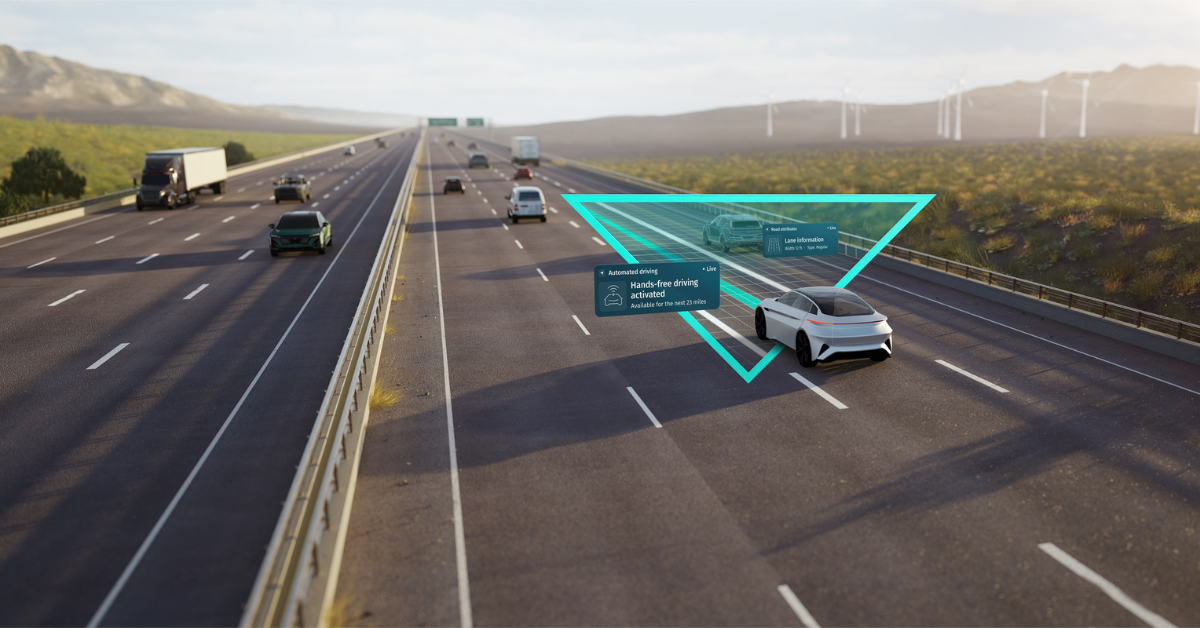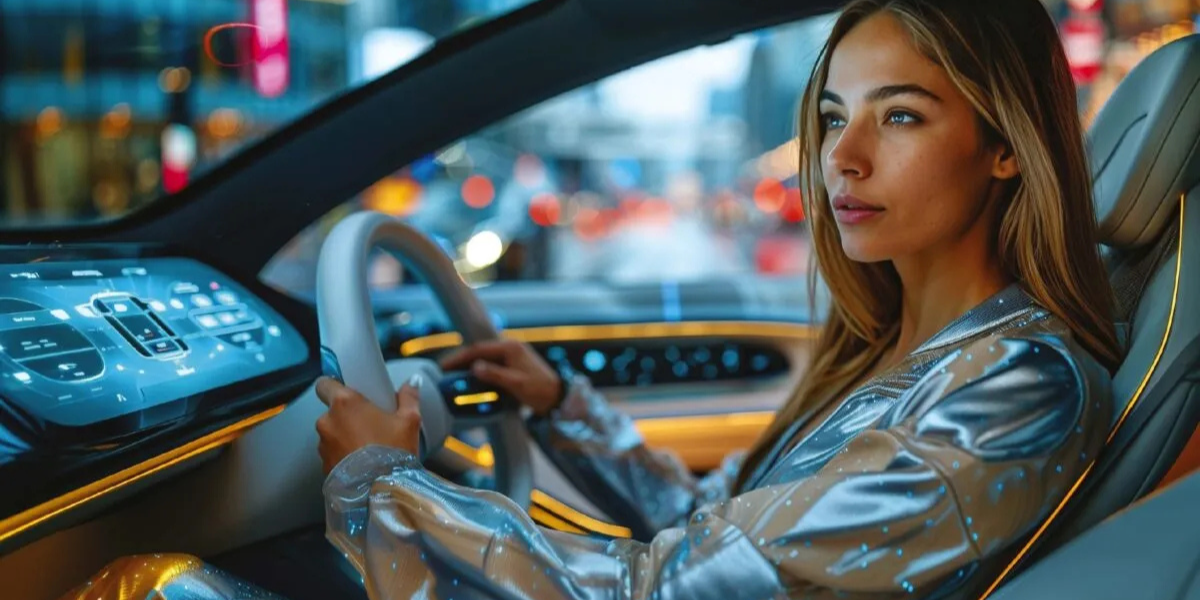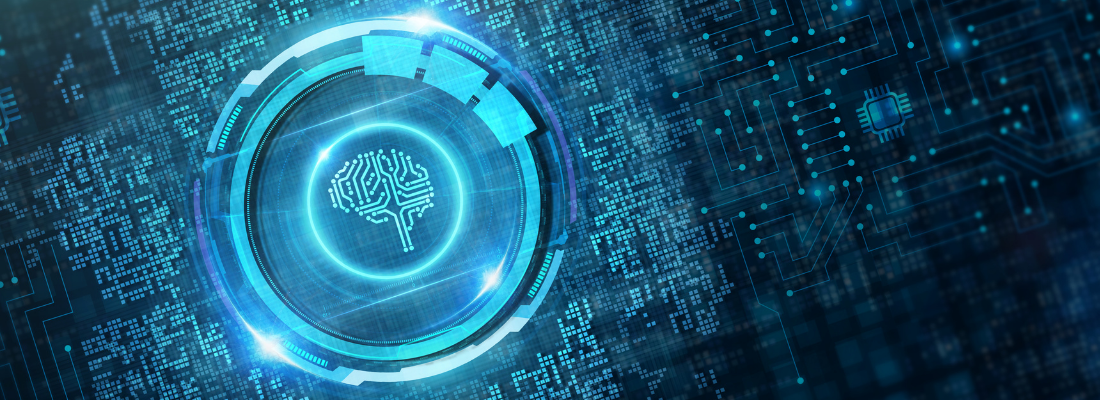Machine Learning is a subset of Artificial Intelligence that has a language and tranche of issues of its own. As the smart mobility sector fully embraces the benefits of AI, Intertraffic spoke to Machine Learning expert, Kittelson & Associates’ David Reinke, to find out more about the technology that is playing a crucial role in how people and goods are moving and will move in the future.
“Artificial intelligence and Machine Learning are not the same things, first of all.”
David Reinke, renowned Machine Learning expert and veteran of the Transportation Research Board’s AI Committee and the IEEE’s ITS Committe, wanted to make something clear before Intertraffic pressed ‘record’ on the Zoom session.
“ML is a subset of AI. It doesn't have the planning algorithms in it or the expert systems. How we look at it is that there are three main branches of Machine Learning but there's some hybrids of all them.”
Reinke, an Associate Planner with San Francisco-based Kittelson & Associates, is a senior transportation engineer/economist with over 30 years’ experience in travel demand modelling, transport economics and, crucially, applications of advanced computational techniques to transport and latterly smart mobility. He makes for a dream interviewee – ask him one question and he answers all 12 that it’s taken you two days to come up with.
“So if we look at the three branches, there's Supervised Learning where you're trying to do predictive modelling, your data is labeled, you have a Y value for your axes in the data. What you are doing, put simply, is telling the machine to find a model that predicts best. So Predictive Analytics is another term we used for that. Then there is Unsupervised Learning, where the data isn't labeled in your set and you are just telling the machine to find something interesting in the data. And then there's something called Reinforcement Learning, which is where you're not trying to find an object, what you're trying to do is to find a policy or a sequence of actions. For example, you're trying to find a sequence of actions for a robot that will enable it to stand up and walk or to get a drone to fly independently without human aid.
“Reinforcement is where, you're trying to find a sequence of actions for a robot that will enable it to stand up and walk or to get a drone to fly independently without human aid.”
“With reinforcement learning,” he adds, “you're dividing your time between exploration and exploitation. Machine Learning has been by far the most successful part of AI. That's the one that's delivered the goods so to speak.”
Teachable moments
For those readers for whom this interview is serving as something of an introduction to Machine Learning and its possibilities, Intertraffic asks Reinke for an ‘everyday’ example of ML in action.
“If you handwrite an address on an envelope, the chances are there's an AI algorithm, that'll scan it using optical character. So while it's impossible to write a computer program that's going to recognize handwriting from scratch, it is possible to write a computer program that can learn from examples, hence the Machine Learning part of it. So that's the part I've been engaged in. And I've been interested in applications the transport for a long time.”
“So while it's impossible to write a computer program that's going to recognize handwriting from scratch, it is possible to write a computer program that can learn from examples, hence the Machine Learning part of it”
The mobility transition
So, in terms of how Machine Learning techniques can be applied to Intertraffic’s theme of Speeding Up The Mobility Transition, a whole host of pertinent examples come to Reinke’s mind.
“I can think of a number of applications. Let’s start with paratransit. It's essentially door-to-door service mainly aimed at elderly and disabled people. There used to be systems like that for the general public where you could book a vehicle. In the early 1980s, I remember evaluating a dial-a-ride system like that in Orange County, California, just south of LA. They were using a computer to book calls to assign people to vehicles in order to route the vehicles, even back then. It was only moderately successful as they were trying a direct approach of writing a program that would do it all. I would say that nowadays, with a Reinforcement Learning algorithm that would learn from experience, they could do a lot better in that regard! As far as I know, the paratransit companies are still relying mainly on a human dispatcher.”
Remembering the ride
Intertraffic has covered the subject of ride-sharing over the past few years and it’s a subject that Reinke sees as one that is ripe for Machine Learning’s multiple benefits.
“Another application I would see for Smart Mobility is taxi-cab dispatching. Taxis are a very underused resource in the US. In fact, it would be cheaper for some transit operators to cut service on non-productive routes into contract to the taxi instead - they actually did that in San Diego some years ago, and it was quite successful. So those are two of the things that I see. Right now, things are very much in flux, because we're just wondering what the role of transit is going to be post-pandemic. We’ve finally broken through the barrier of telecommuting, there was a lot of opposition to it in the past. Managers said they couldn't monitor what their workers were doing, and so on. But, of course, that's all changed and AI and ML are hugely influential. And it's doubtful whether transit is really going to come back to what it was. For example, BART [Bay Area Rapid Transit], which is the regional rail system here in northern California, report that their ridership is down about 70%.”
“We’ve finally broken through the barrier of telecommuting - there was a lot of opposition to it in the past. Managers said they couldn't monitor what their workers were doing, but, that's all changed and AI and ML are hugely influential.”
Stop and think
Humans all over the world are still hard at work trying to solve the inextricably linked issues of parking and congestion. Reinke agrees and cites AI and ML as huge players in the search for a solution to what are, undoubtedly, global problems.
“I live in the East Bay, just south of Oakland. If I want to go to San Francisco I’ve got a BART station a couple of kilometers away. I can walk or drive there, or my wife drops me off. Thirty minutes later, I'm in San Francisco, so why would I drive? Why should I pay US$20 or more an hour to park and risk getting my car broken into? The parking problem is a big issue to alternate routes, but now with automated vehicles, powered by AI, the idea would be that you can platoon vehicles, very densely in platoons of 100 vehicles per lane with half-second headways, you'd essentially triple your capacity on the road.”
Artificial intelligence-powered machines that learn from experience – the traffic and transport sector has come a long way since the first Intertraffic Amsterdam show in 1970.
“I was at a seminar where they had the head of Intel's automated vehicle program delivering the keynote. She was talking about the technical problems generated by autonomous vehicles that need to be addressed. She said, for example, an automated vehicle is going to generate over four terabytes of data a day so how do you process that? There are communication issues - how do you find the spectrum to handle all the communication between vehicles? And then there's a whole AI/Machine Learning issue. Is it possible to design algorithms to do that?”
Emotionless/autonomous
Reinke points to one of the more complex issues of autonomous vehicles that has perplexed some of the greatest minds in the transport sphere, that of ethics, specifically removing the emotion from split-second decision-making.
“I heard a couple of philosophy professors at Stanford give a paper on the ethics of automated vehicles. The hypothetical scenario is like this: you're going to crash. There’s no way to avoid it. So who do you save? The driver and potentially the passenger, the person in the other vehicle, the pedestrian you're going to hit? It's one thing that this is random chance, but if that's programmed into the vehicle, then that's lawyer heaven! So they haven't solved some of those legal issues yet.”
“In a scenario where you have no alternative but to crash, who do you save? The driver and potentially the passenger, the person in the other vehicle, the pedestrian you're going to hit? If the answer is programmed into the vehicle, then that's lawyer heaven!”
This is where the complexities of removing the emotion from decision-making comes into focus – and where Machine Learning has, and will increasingly have in the future, a significant role to play.
“I'd hate think that all the emotion is taken out of it. I don't think there is anything as purely objective, even the AI algorithm is going to have some values of the person or persons who created it built into it. I heard an interesting talk when I was in London, from the head of Research at London Transport, David Corby, and he, he said that if you don't put values on things, someone else will do it for you. So there's always going to be some value involved.”




